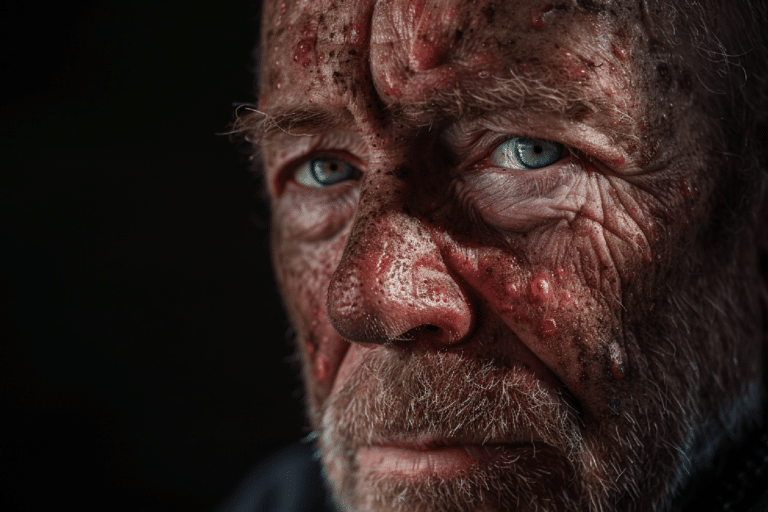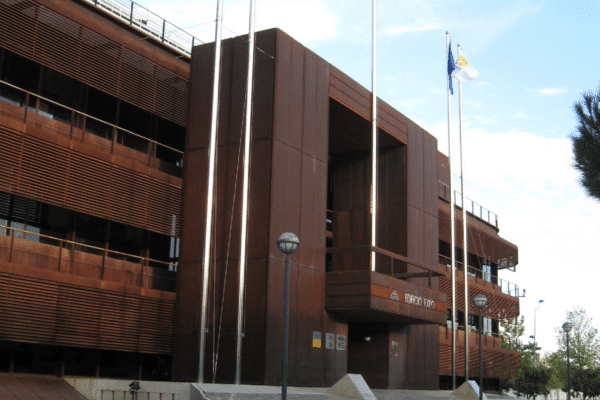A team of researchers at the Universidad de Sevilla has developed an artificial intelligence classifier that can detect skin lesions, such as melanoma, with an accuracy of 99%. According to a press release from Fundación Descubre, the system can be used for the preliminary analysis of medical images and as a tool for clinical decision-making in the healthcare sector.
The researchers propose to implement this system in a mobile application that allows real-time analysis of photos taken on the move. This tool would be complementary, fast, intuitive, and accurate for detecting dermatological diseases in a clinical setting.
The system is based on a "machine learning" approach, a branch of artificial intelligence that uses algorithms and statistical models to allow a computer program to learn from a data set. Its high precision enables the prediction and analysis of large amounts of information.
To develop this classifier, the team used a public database of 10,000 images of seven dermatological lesions, some of which look similar at first glance. The lesions studied include moles, melanomas, basal cell carcinomas (the most common form of skin cancer), scaly skin patches, vascular lesions, and dermatofibromas, benign skin tumors caused by excessive proliferation of skin fibers.
The images were classified according to the type of disease and divided into two groups: one for training and one for validation. The first group was used to teach the system to recognize each lesion, and the second group was used to verify the success of the learning process. José Antonio Rangel, the author of the article, explained that digital images are made up of mathematical patterns and that the program identifies these patterns layer by layer to recognize each lesion's characteristics and determine which one it is.
To ensure the precision of the system, the researchers carried out cross-validation. They divided the images into five random groups and checked that the model correctly identified the lesions and was not limited to recognizing a single data set. This process increased the precision of the classifier.
Experts from the Department of Architecture and Computer Technology at the Faculty of Computer Engineering at the Universidad de Sevilla concluded that the system worked correctly, achieving 99% accuracy in classifying the seven skin anomalies and diseases studied.
Despite these results, Manuel Jesús Domínguez, a researcher at the Universidad de Sevilla, stresses that this tool does not replace the judgment of a medical professional, who should validate the system's results.





